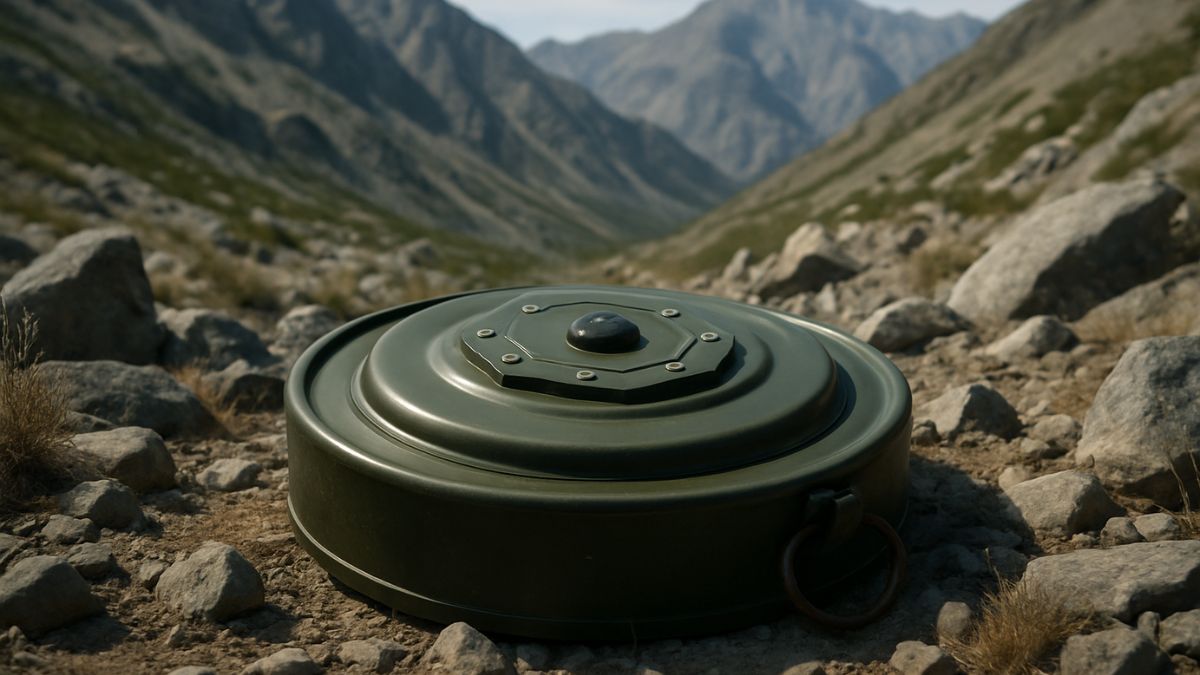The Indian Army has issued a request for information (RFI) for the procurement of 4,000 advanced top-attack anti-tank mines, in a bid to boost its modernised land-based deterrence against hostile armoured incursions.
The Ministry of Defence posted the requirement on June 5, describing the mines as critical to India’s defensive posture, particularly in the context of growing armoured deployments along the Line of Actual Control (LAC) and the western front, according to a report by The Tribune.
The Army cited the increasing utility of such mines in modern mechanised warfare, especially after observing their deployment in the Russia-Ukraine war, where both sides have used them extensively to secure roads and logistical corridors.
What exactly are top-attack anti-tank mines and how do they work?
Unlike traditional anti-tank mines that explode beneath a vehicle, top-attack mines are engineered to strike the tank from above, targeting its least protected surfaces: the roof and turret. These mines employ seismic, acoustic, and infrared sensors to detect approaching armoured vehicles. Once a target is classified, the mine fires an Explosively Formed Penetrator (EFP) or a shaped charge in a vertical trajectory to penetrate the vehicle’s upper armour.
These mines are designed for multi-terrain deployment, working effectively in fields, forests, deserts, and even urban environments. Some advanced variants also allow for remote activation, deactivation, or self-destruction, making them safer and more adaptable in post-conflict environments.
Why does the Indian Army need these mines now?
The Army considers these munitions essential in reinforcing defensive warfare capabilities, especially amid evolving threats on both western and eastern fronts. The 2001–02 Operation Parakram was the last large-scale mine-laying operation conducted by India, during which traditional underbelly anti-tank mines were laid along the Pakistan border. However, the months-long de-mining process that followed brought the limitations of older-generation systems to the fore.
Now, with both India and China deploying T-90s, T-72s, and BMP-2 Infantry Combat Vehicles at high altitudes like Ladakh, the relevance of top-attack systems has grown. These mines offer increased lethality against advanced armoured platforms, many of which are now resistant to bottom-attack mines.
